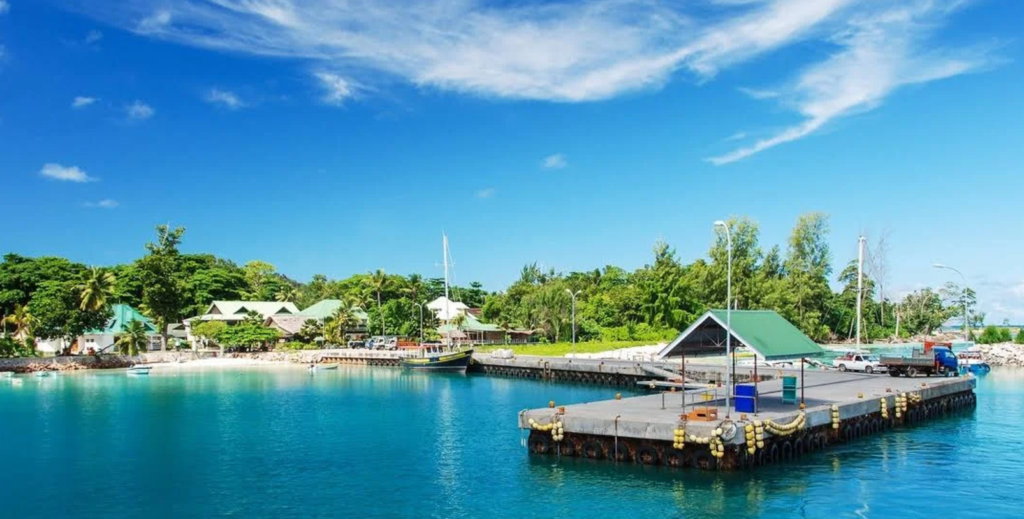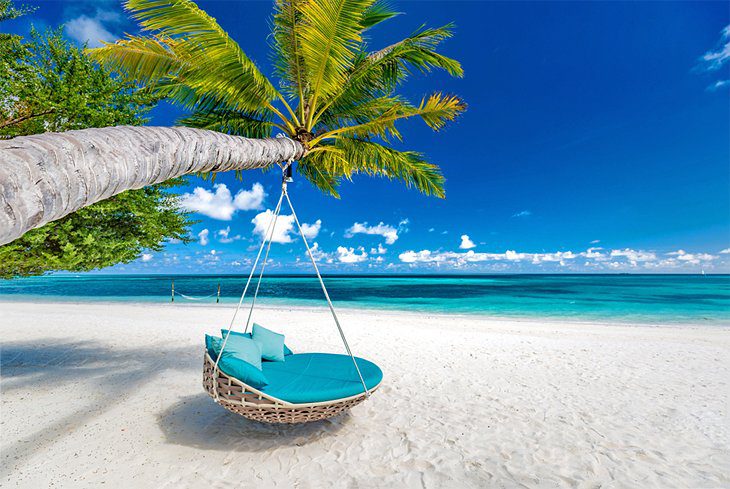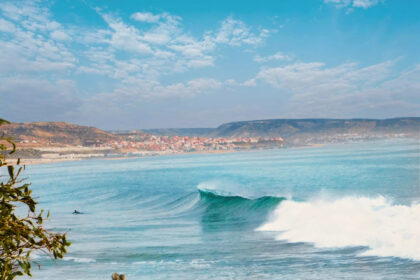At a Glance
- Tourism generates over $800 million yearly, powering Seychelles’ economy and creating local jobs.
- Government targets fewer, high-spending visitors to protect marine ecosystems and natural assets.
- Sustainable tourism framework supports Blue Economy goals and boosts climate resilience across islands.
Seychelles’ turquoise beaches and coral atolls are more than a postcard image, they are the lifeblood of a small, open economy.
After the pandemic nearly halted travel, the islands have bounced back, with visitor spending returning to near pre-2020 levels.
The government’s focus is clear: attract fewer but higher-spending travelers while safeguarding the natural beauty that drives demand.

Tourism’s outsized role in the economy
Tourism remains Seychelles’ main source of foreign exchange and one of its largest employers. Central Bank data show tourism receipts in 2025 topping about $800 million between January and September, close to pre-pandemic figures even as visitor numbers stayed moderate.
Those earnings ripple across the economy. They sustain hospitality and transport, boost local farmers and fishers, and support government revenue through taxes.
But dependence on tourism also exposes the nation to shocks, from changing travel patterns in Europe to extreme weather and rising sea levels.
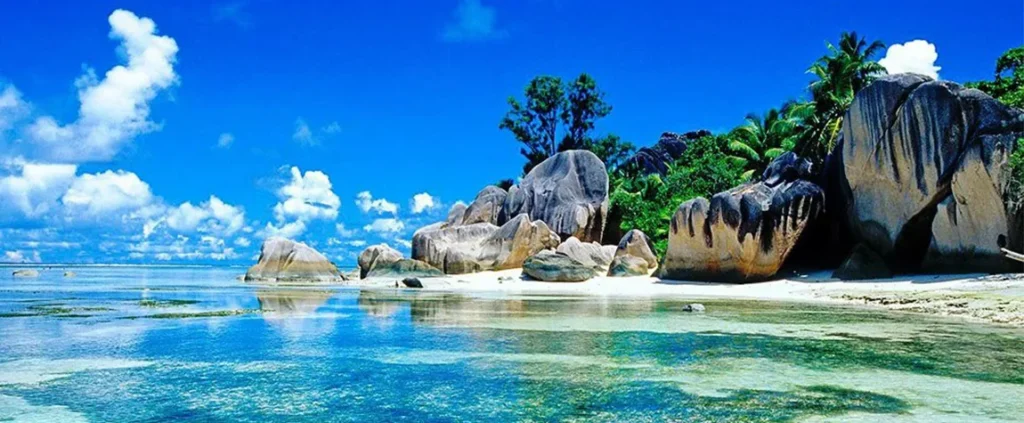
Recovery, arrivals and source markets
The recovery has favored quality over quantity. Rather than courting mass tourism, Seychelles has leaned into longer stays and higher spending per guest.
Europe remains the main market, but growth is coming from luxury yachts, private charters, and wellness travelers. Officials are also working to expand regional and long-haul links to reduce overreliance on a few source countries.
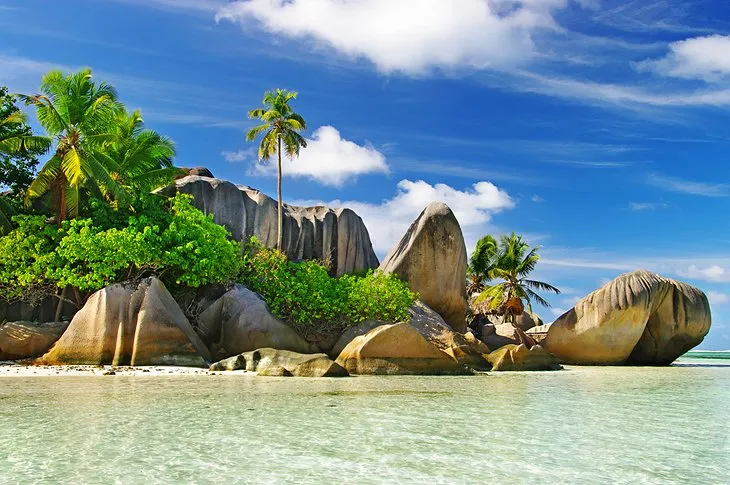
Segments and products shaping the offer
Luxury resorts and villas: High-end resorts and exclusive-use villas dominate, anchoring the “fewer visitors, higher yield” approach.
Marine and nature tourism: Diving, snorkeling, and trips to protected islands like Aldabra define the Seychelles brand.
Yachting and expedition cruising: The islands’ anchorages draw private yachts and small luxury ships with strong per-visitor spending.
Wellness travel: Tailored wellness programs and private-island retreats are gaining ground.
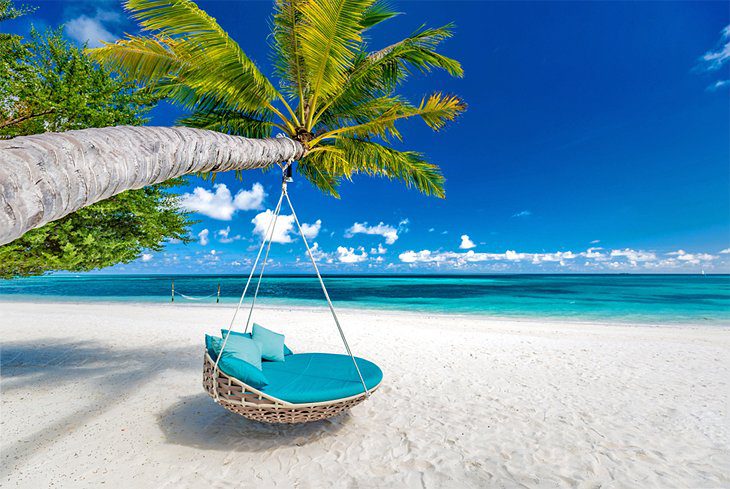
Policy, sustainability and the blue economy
The government’s 2024–2034 sustainable tourism framework ties the industry to its Blue Economy goals, protecting marine life, improving climate resilience, and keeping more value in local hands. Stronger environmental assessments, better eco-certification, and support for small businesses are central to the plan.
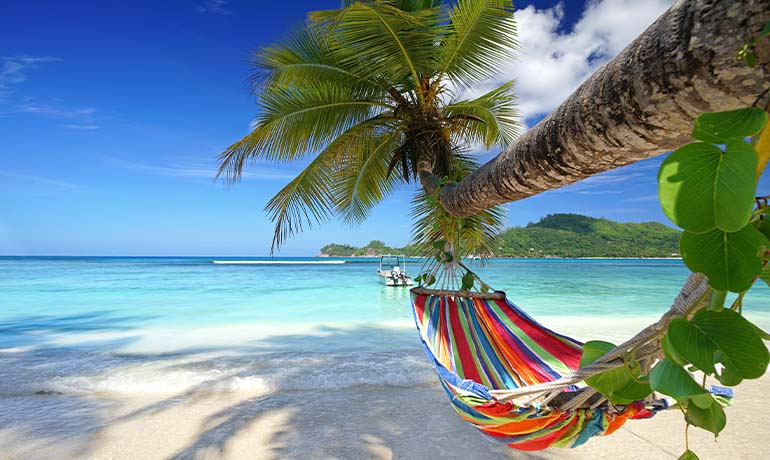
Balancing development and conservation
Major resort proposals have triggered debate over how to balance investment and environmental protection. Public pressure has led to tougher oversight and more transparency in project reviews, though tensions remain.
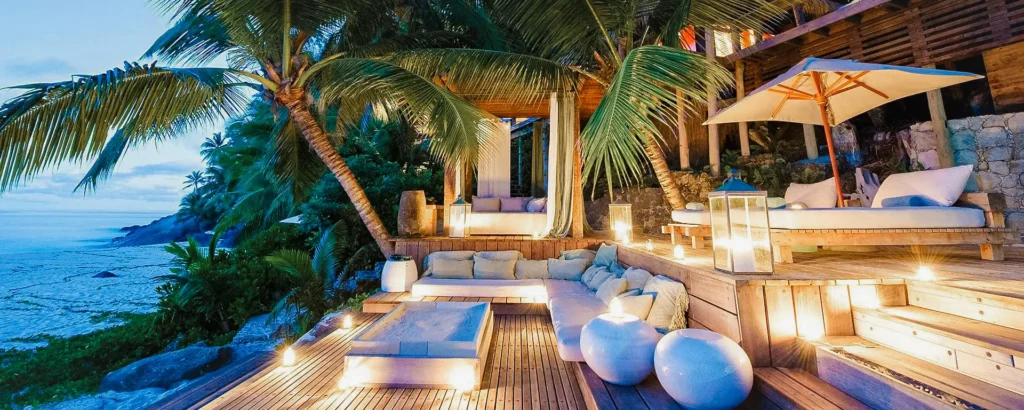
Labour, seasonality and local gains
A shortage of skilled workers and seasonal lulls remain challenges. The government is promoting training and local sourcing to ensure more tourism income stays within the country.
Seychelles’ tourism rebound shows the strength of its brand and the appeal of its pristine setting. The challenge ahead is sustaining growth without eroding the natural capital that underpins it. If the balance holds, the islands can remain one of the Indian Ocean’s most resilient luxury destinations.
